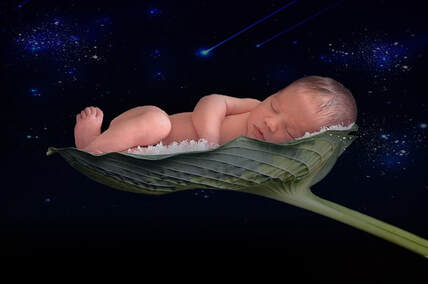Author: Adriana Bos-Mikich PhDDepartment of Morphological Sciences, ICBS, Federal University of Rio Grande do Sul, Brazil  The last few decades have seen remarkable progress in our ability to safely launch manned craft into the black abyss of space, boosted in recent years by the growing involvement of commercial space enterprise, such as SpaceX and Blue Origin. With it has come a rising desire to work towards the establishment of longer-term human settlements in orbiting space stations and on the Moon and Mars. Recent experiments, although methodologically limited, have demonstrated that frozen human sperm samples are not affected by the microgravity conditions encountered in spaceflight, which is an important and positive finding. However, life in space is not confronted by microgravity alone, but is also faced with high radiation levels, which may well represent a relevant source of concern when dealing with human reproduction beyond Earth. Cryopreserved sperm and oocyte samples stored in outer space under these two hostile conditions must survive and maintain viability long enough to generate viable embryos, if they are eventually to result in healthy babies born aboard space stations. The putative effects of long-term storage of human gametes and embryos under Earth atmospheric conditions have already been investigated. Data from early clinical and experimental studies have shown that background radiation has no deleterious impact on babies created after long-term storage of frozen human embryos and oocytes. Therefore, the next steps should involve similar experiments taking place under the conditions of being in an outer space environment, where radiation levels are far higher than on Earth, before considering the generation of embryos using cryopreserved gametes stored on space stations. Nonetheless, the risks of reduced viability due to radiation levels and microgravity are not the only concerns related to the cryostorage and shipment of human gametes. There are other risks associated with the cryostorage of biological material, both on Earth and in Space, ranging from the transmission of diseases between samples stored in liquid nitrogen, to unintentional loss due accidental warming. The loss of oocytes and embryos due to major equipment failure has been reported in fertility clinics, with thousands of gametes and embryos being lost worldwide. As reported by assisted reproduction specialist Dr Mina Alikani in 2018, the maintenance of a very low temperature and avoidance of temperature fluctuations are key factors for the safe and long-term cryostorage of human cells and tissues. Additionally, the shipment and handling of cryopreserved biological samples represents another potential hazard for gametes and embryos. Results of research by Casey McDonald and colleagues in 2011, using donated human oocytes, warned of the effects of the ‘inherent perils of shipping’ on the lowering of survival rates, with exposure to elevated ambient temperature and air pressure, vibration or any other physical shock potentially contributing to poorer results.  Therefore, for the successful transport of biological samples under cryostorage, it is essential that appropriate shipping vessels be used, such as those allowing continuous temperature monitoring, rather than relying on data collected at the final destination. Big question marks remain as to whether healthy babies can be born following the use of in vitro fertilization technologies performed in outer space. Furthermore, major safety and ethical concerns must be taken into consideration before such a giant leap for humanity is taken. See also article: Assisted reproduction frontiers in outer space Comments are closed.
|
Welcometo the InnovaSpace Knowledge Station Categories
All
|
InnovaSpace Ltd - Registered in England & Wales - No. 11323249
UK Office: 88 Tideslea Path, London, SE280LZ
Privacy Policy I Terms & Conditions
© 2024 InnovaSpace, All Rights Reserved
UK Office: 88 Tideslea Path, London, SE280LZ
Privacy Policy I Terms & Conditions
© 2024 InnovaSpace, All Rights Reserved
 RSS Feed
RSS Feed